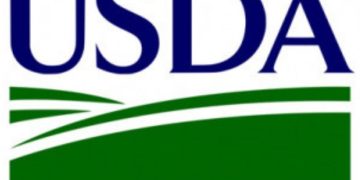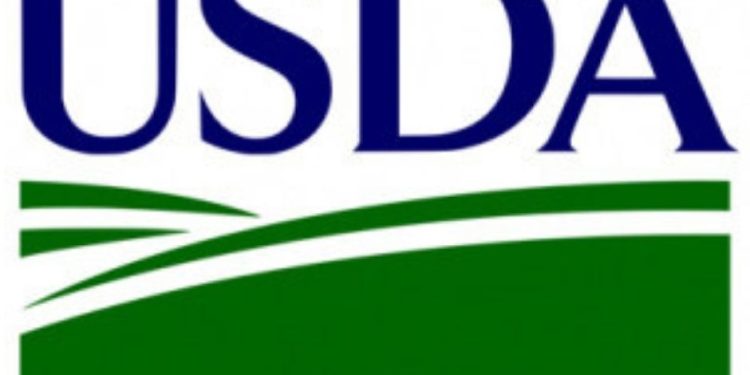The USDA has unveiled the Urban Agriculture Toolkit, a new resource created by USDA’s Know Your Farmer team to help entrepreneurs and community leaders create jobs and increase access to healthy food through urban agriculture.
Industry estimates show U.S. local food sales totaled at least $12 billion in 2014, up from $5 billion in 2008, and experts anticipate that value to hit $20 billion by 2019.
USDA’s Toolkit is an electronic document featuring more than 70 resources, including technical assistance and financing opportunities. The toolkit focuses on topics including land access, soil quality, water resources, capital and financing, infrastructure, market development, production strategies, and applying for federal, state or private foundation grants. University extension service partners in Chicago and Indianapolis helped develop cost estimates for starting urban farms and the toolkit includes information on best practices and check lists for start-ups and early-stage producers planning outdoor or indoor operations.
Some of the USDA resources featured in the Toolkit include:
- Natural Resources Conservation Service technical and financial assistance for drip irrigation and seasonal high tunnels to extend the growing season.
- Farm Services Agency microloans that provide up to $50,000 in financing for equipment, working capital or other expenses.
- Food and Nutrition Service assistance to help urban farmers become authorized to accept SNAP, WIC and Senior Farmers Market Nutrition Program benefit cards.
- Agricultural Marketing Service Farmers Market Promotion Program grants that support direct-to-consumer marketing activities in cities, and Local Food Promotion Program grants that support food hubs, farm-to-retail, and related projects.
- National Institute of Food and Agriculture’s Sustainable Agriculture Research and Education (SARE) program support for field trials in urban settings and urban farm planning and marketing guides.
The idea for the Toolkit was originally conceived at a USDA Urban Agriculture roundtable held nearby in Baltimore last spring. Several Baltimore organizations in the vanguard of urban agriculture have developed resources that are included in the Toolkit as models for other communities like the City Farm Alliance’s Urban Agriculture How-To Guide, the Community Law Center’s Urban Agriculture Law Project Manual and the Green Pattern Book that helps local leaders map and identify productive new uses for vacant land.
View the Urban Agriculture Toolkit on the USDA website.































